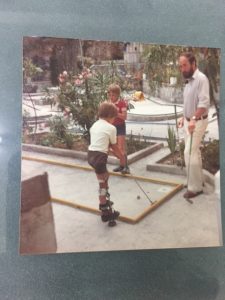How many athletes can you movement screen in one day in 2014?
It was 8.30pm in the evening in 2014 and I had just finished carrying out the rotary stability test from the FMS movement screen with the 42nd young player that I had tested that day. I was working for Pro Football Support at Sheffield Wednesday FC in their indoor centre and I looked around at the number of academy players that we were both movement screening and fitness testing. My colleague James in the area next to me was carrying out the core stability tests with the u14 age group players that I had undertaken the FMS testing with earlier in the day as we started the testing session at 2pm. Sheffield Wednesday contracted us (Pro Football Support) to carry out their movement screening and fitness testing with all their academy players on a 6 weekly basis.
Further over in the corner of the facility was another of my colleagues doing the hip extension test on the physio bed with a group of u10 players. As a company (Pro Football Support) we had developed a very comprehensive movement screening protocol which included lots of tests and provided good detail but was so time consuming to carry out and far too subjective in its assessment. That evening which was the 4th day of testing that week at SWFC with their academy players from 2pm-9pm I drove home thinking my passion for helping young players improve their athletic potential was seriously starting to wain.
I knew the next day would not be easy either as I would be looking at the results of the movement screening testing and then trying to create individual training plans for each athlete from the results of their FMS screening process and other mobility, stability & flexibility tests that they had undertaken.
The rain was pouring down outside in a typical British day & I was writing the individualised training plan for the 12th player that we had tested yesterday. Each of the FMS scores were so similar for each player especially at a young age. Also visually as I had kept thinking during testing they all seemed to move in the same way. This 12th individualised training plan was practically the same as the previous 11 I had just written and surely this should not be the case.
I was struggling to concentrate on these training plans as the rain was lashing the windows and my thoughts continued to be that there must be a better way of screening athletes which was far less time consuming & a way to make it easier to create an individualised training programmes which would not be factored around an FMS score of 14 to 16. I had been using variations of this process for the past 14 years. I told myself things had to change

